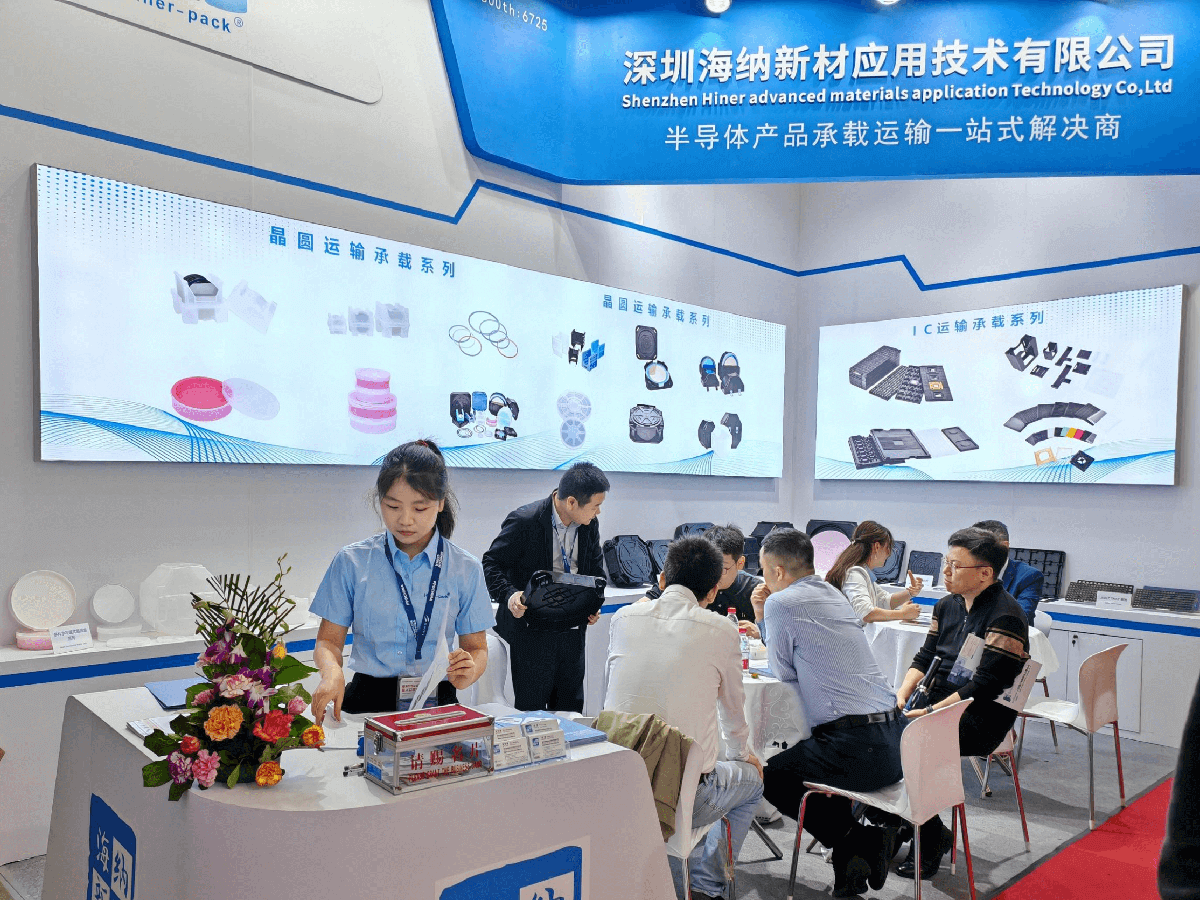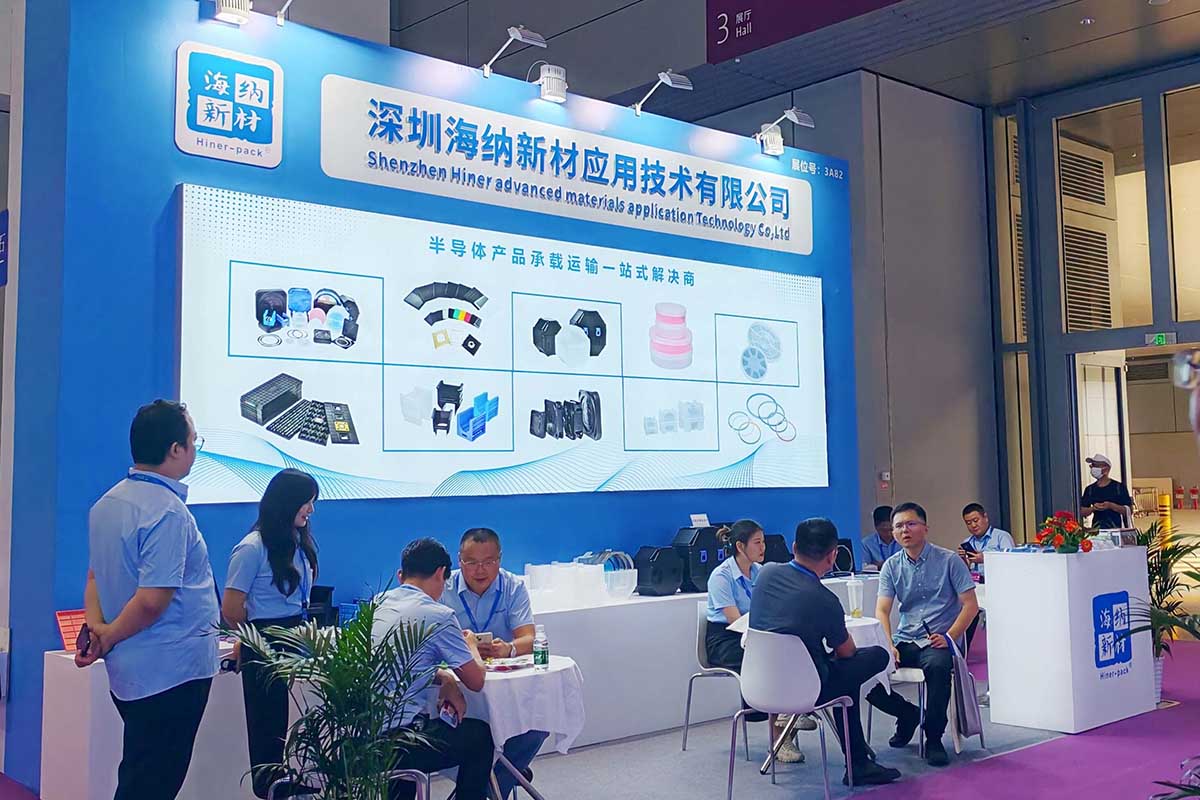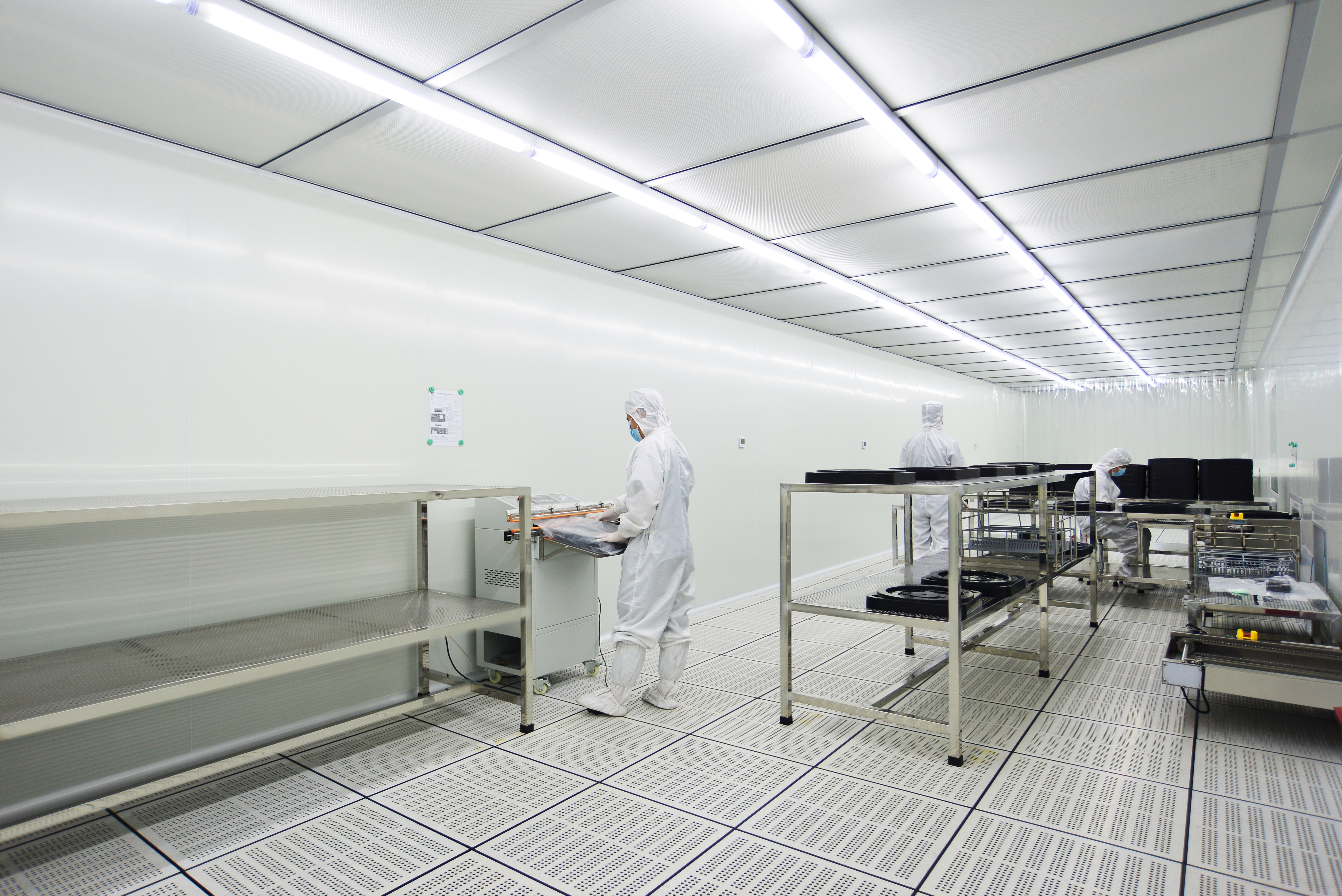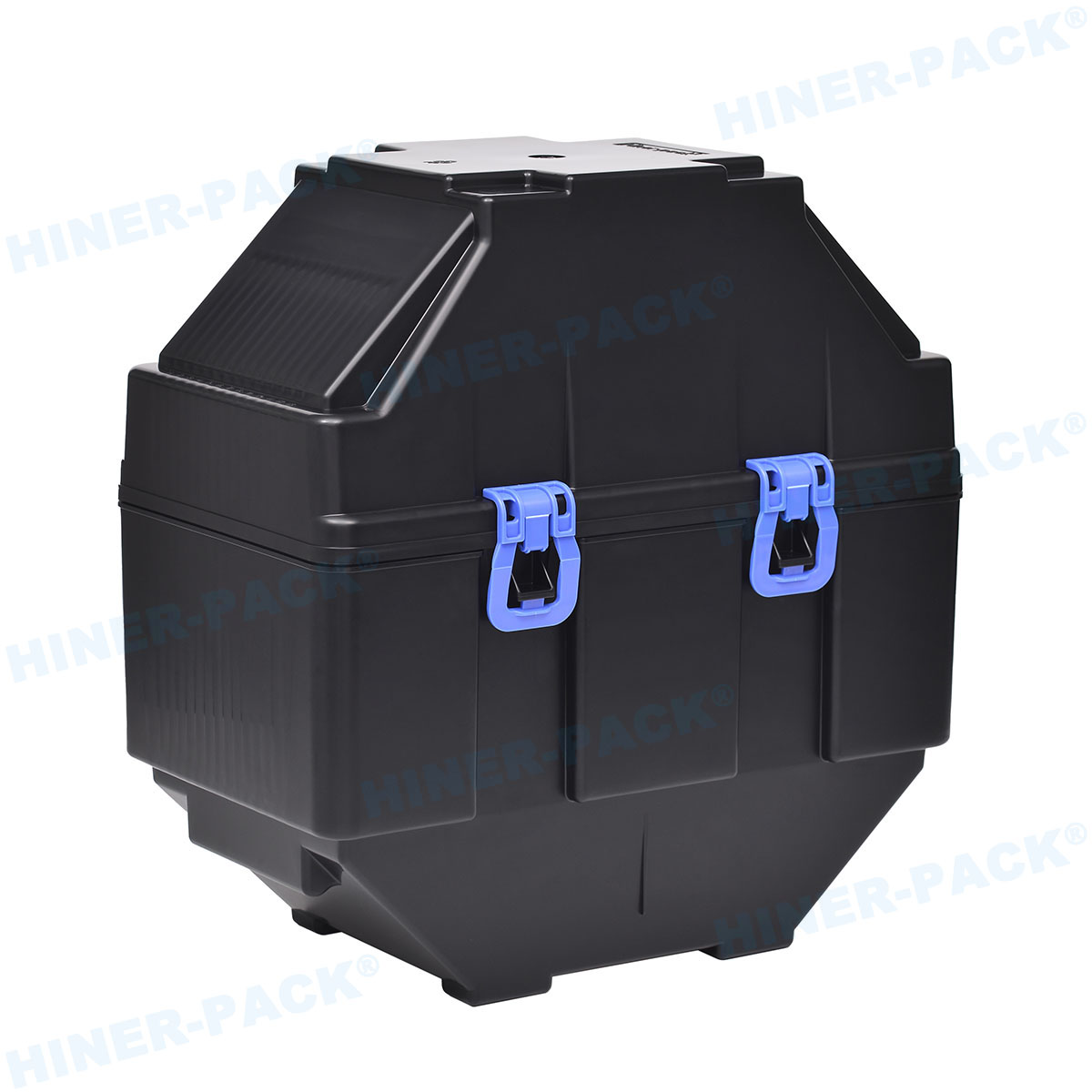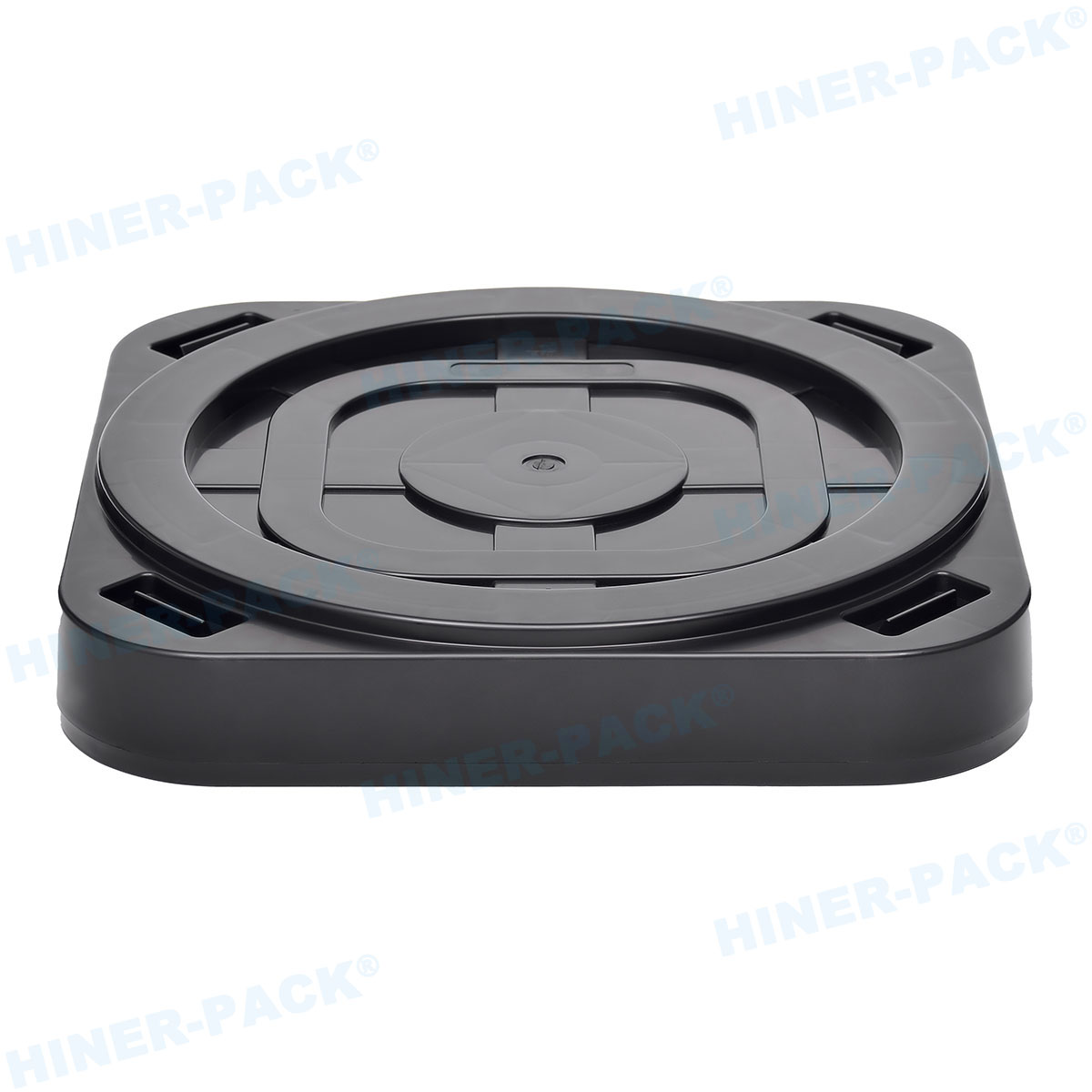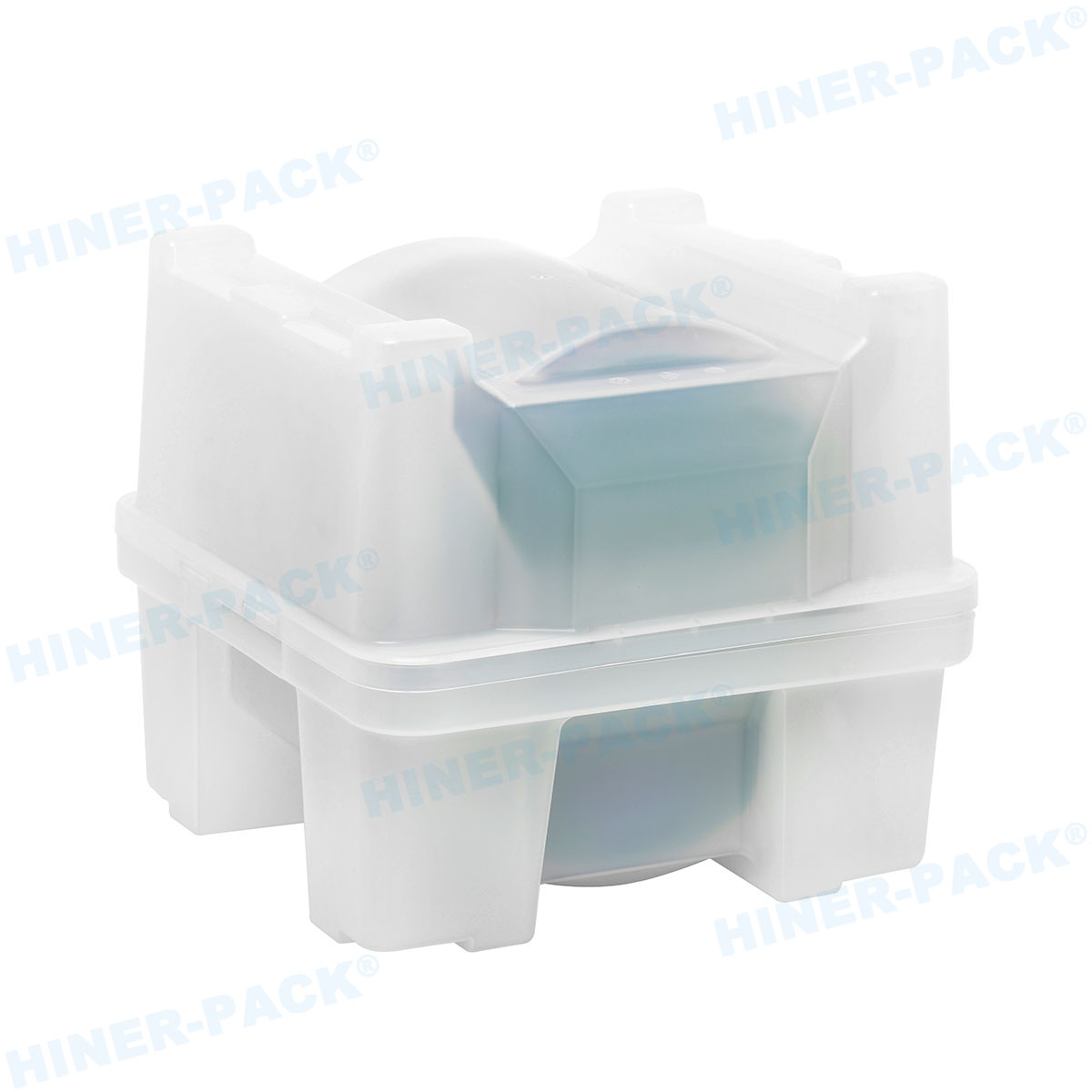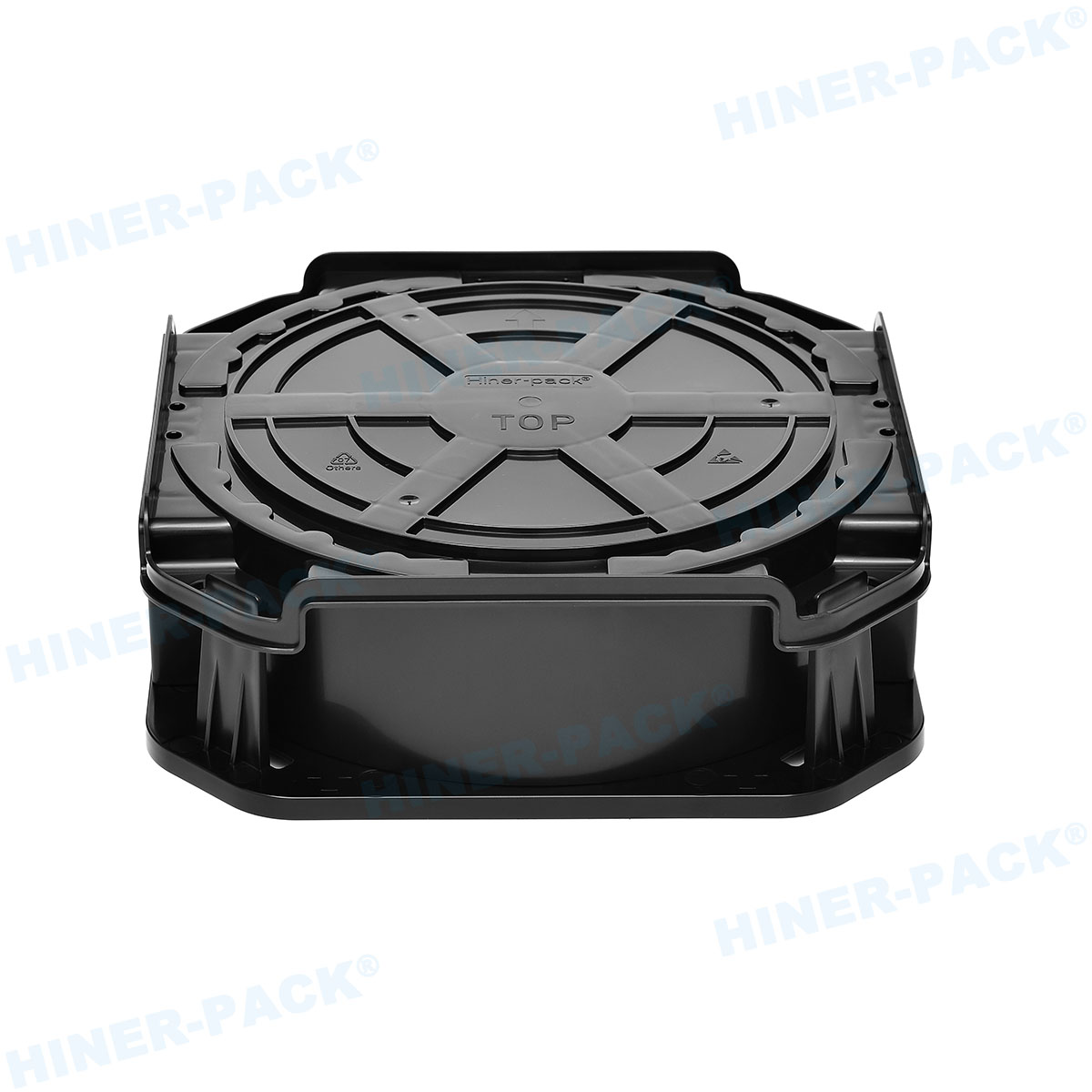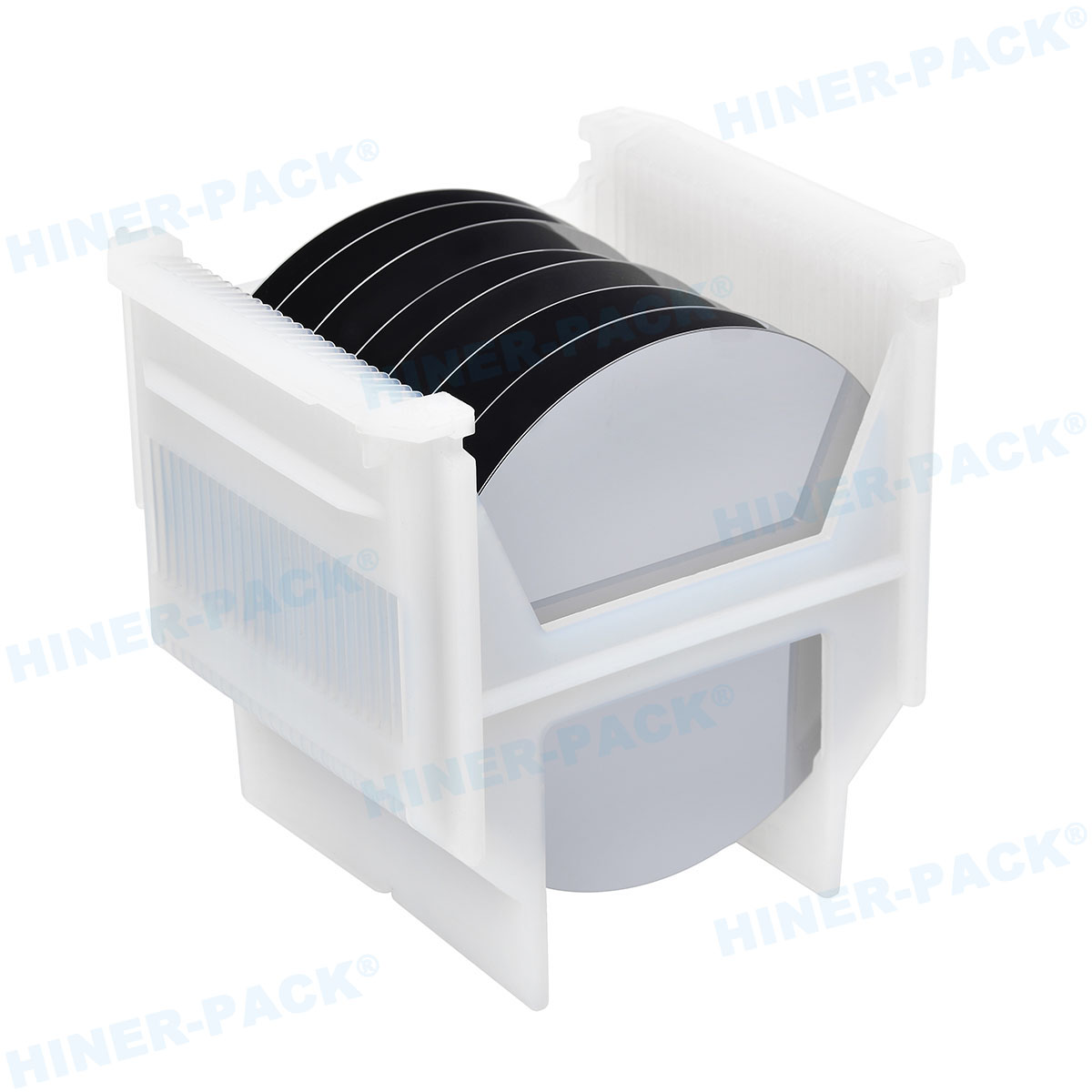In the fast-paced world of semiconductor manufacturing, every component and process must be optimized for efficiency, safety, and reliability. One critical element that often goes unnoticed but plays a vital role in protecting delicate silicon wafers is the horizontal wafer shipper. If you're involved in electronics production, research, or logistics, you might be wondering: what exactly is a horizontal wafer shipper, and why is it so important? This article dives deep into five key aspects of the horizontal wafer shipper, providing a comprehensive overview to help you make informed decisions. From its design and benefits to practical applications and maintenance, we'll cover everything you need to know about this essential tool. By the end, you'll appreciate how the horizontal wafer shipper safeguards valuable wafers during transit and storage, ensuring minimal damage and maximum productivity. Let's explore the intricacies of the horizontal wafer shipper and how it can enhance your operations.
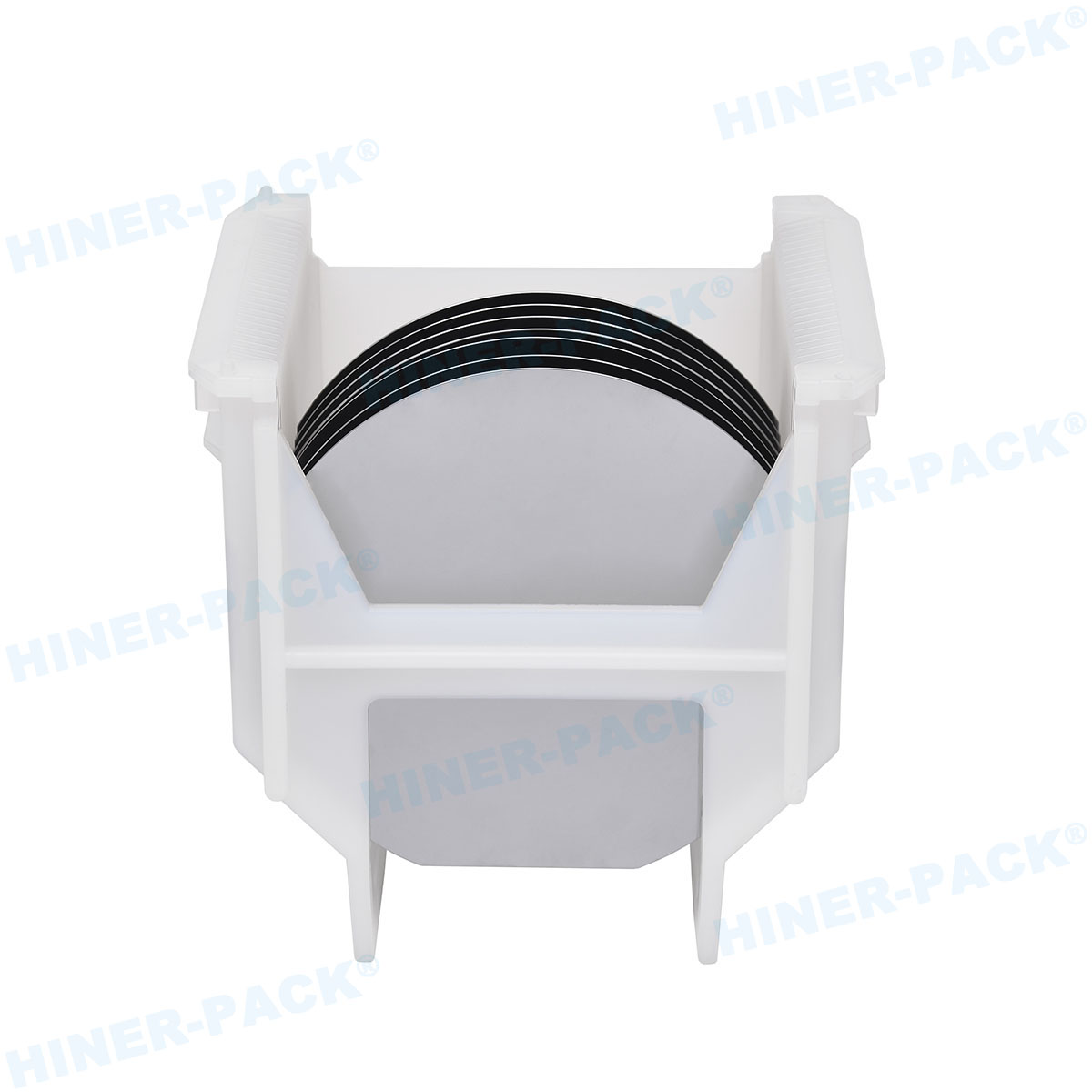
What Is a Horizontal Wafer Shipper and How Does It Work?
A horizontal wafer shipper is a specialized container designed to transport and store semiconductor wafers in a flat, horizontal orientation. Unlike vertical carriers that stack wafers upright, the horizontal wafer shipper keeps wafers lying flat, which reduces mechanical stress and prevents issues like warping or breakage. These shippers are commonly used in industries such as microelectronics, solar panel manufacturing, and research labs where wafers—thin slices of semiconductor material like silicon—are highly sensitive to physical shocks, contamination, and environmental factors.
The basic working principle of a horizontal wafer shipper involves a robust casing made from materials like polypropylene or other static-dissipative plastics. Inside, custom slots or cushions hold each wafer securely in place, minimizing movement during handling. Many models include features like shock absorption, humidity control, and electrostatic discharge (ESD) protection to maintain wafer integrity. For instance, during shipping, the horizontal wafer shipper might be sealed in a cleanroom environment to avoid particulate contamination, ensuring that wafers arrive in the same condition as when they left. This design is particularly crucial for advanced nodes in semiconductor fabrication, where even minor defects can lead to significant yield losses. By understanding the fundamentals of the horizontal wafer shipper, users can better appreciate its role in the supply chain and why it's a preferred choice for high-value wafer logistics.
Key Design Features of a Horizontal Wafer Shipper
The design of a horizontal wafer shipper is engineered to address the unique challenges of wafer transportation. One of the most notable features is its horizontal orientation, which distributes weight evenly and reduces the risk of wafer slippage or cracking. Typically, a horizontal wafer shipper includes multiple layers or compartments, each tailored to hold wafers of specific sizes, such as 200mm, 300mm, or even larger diameters. The materials used are often high-purity, non-outgassing polymers that meet industry standards like SEMI guidelines, ensuring compatibility with cleanroom processes.
Another critical design aspect is the integration of cushioning systems, such as foam inserts or spring-loaded mechanisms, which absorb vibrations and impacts during transit. This is especially important for the horizontal wafer shipper because wafers are fragile and can be damaged by sudden jolts. Additionally, many horizontal wafer shipper models feature airtight seals and desiccant packs to control moisture levels, preventing oxidation or other chemical degradation. ESD-safe properties are also common, as static electricity can ruin sensitive electronic components on the wafers. Some advanced horizontal wafer shipper designs even incorporate RFID tracking or barcoding for inventory management, allowing for seamless integration into automated systems. By focusing on these design elements, manufacturers ensure that the horizontal wafer shipper provides reliable protection, making it an indispensable tool in modern semiconductor handling.
Benefits of Using a Horizontal Wafer Shipper in the Semiconductor Industry
Adopting a horizontal wafer shipper offers numerous advantages that directly impact operational efficiency and cost-effectiveness. First and foremost, the horizontal orientation significantly reduces wafer breakage rates compared to vertical alternatives. Studies have shown that wafers transported horizontally experience less stress on their edges and surfaces, leading to higher yields in production lines. This makes the horizontal wafer shipper a smart investment for companies looking to minimize waste and maximize ROI.
Another key benefit is enhanced contamination control. The horizontal wafer shipper is often designed for use in clean environments, with smooth surfaces that resist particle accumulation. This is crucial in semiconductor fabrication, where even microscopic contaminants can cause defects in chips. Moreover, the horizontal wafer shipper supports better stackability and storage efficiency. Its flat profile allows for secure stacking in warehouses or during shipping, optimizing space without compromising safety. From a logistical perspective, the horizontal wafer shipper often complies with international shipping regulations, including those for hazardous materials if wafers have coatings or residues. This versatility ensures that the horizontal wafer shipper can be used across global supply chains without additional modifications. Overall, the horizontal wafer shipper not only protects wafers but also streamlines processes, reduces downtime, and supports sustainable practices by extending the lifespan of delicate components.
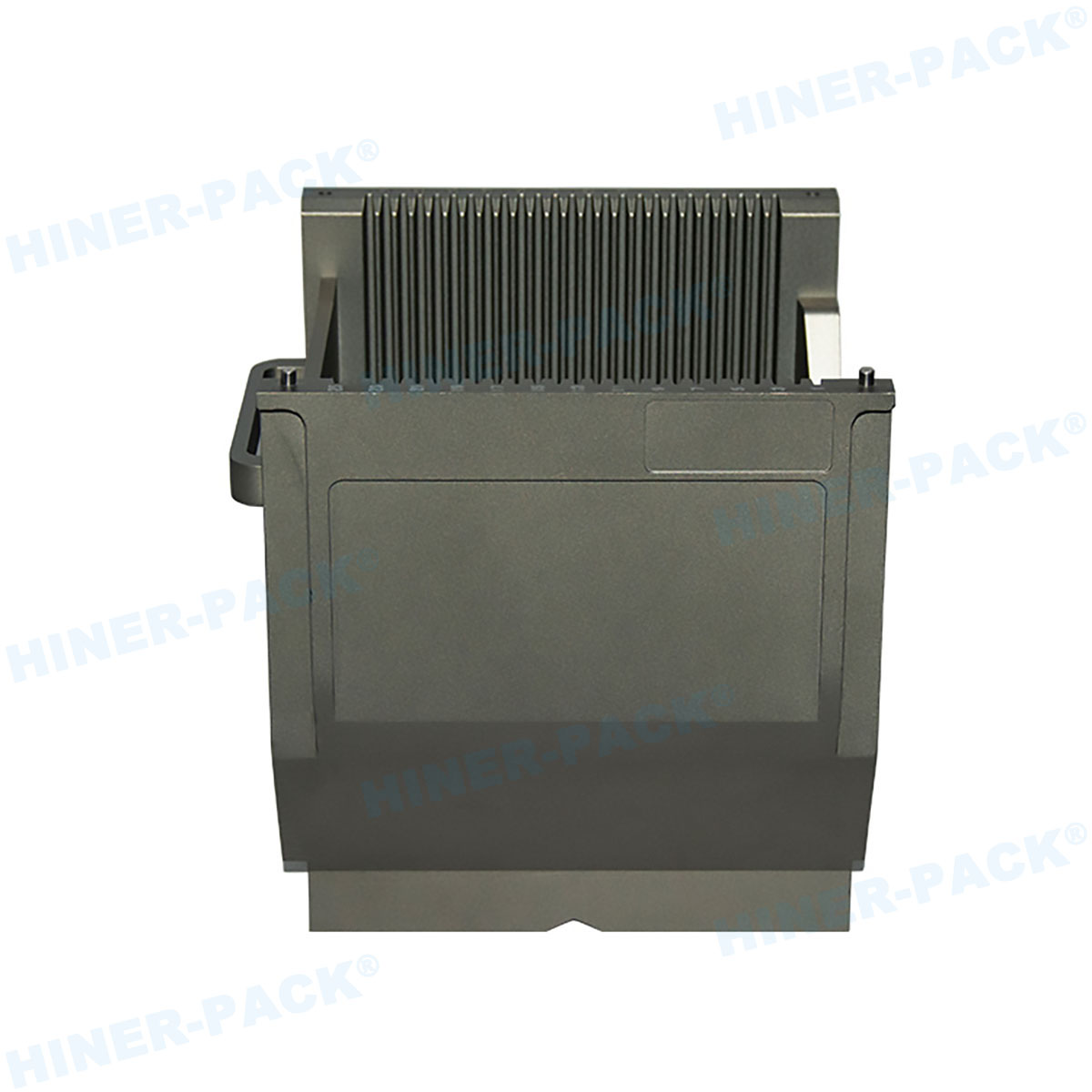
How to Choose the Right Horizontal Wafer Shipper for Your Needs
Selecting the appropriate horizontal wafer shipper requires careful consideration of several factors to match your specific requirements. Start by assessing the wafer size and capacity needed. For example, if you're handling 300mm wafers for advanced logic chips, you'll need a horizontal wafer shipper with precise slot dimensions and high load-bearing capacity. It's also essential to evaluate the material compatibility—ensure that the horizontal wafer shipper is made from materials that won't react with your wafers or introduce impurities.
Next, consider the environmental conditions during transit. If your wafers are sensitive to moisture or temperature fluctuations, look for a horizontal wafer shipper with integrated climate control features, such as desiccant holders or thermal insulation. Durability is another critical factor; a high-quality horizontal wafer shipper should withstand rough handling and multiple uses without degradation. Check for certifications like SEMI S2 or S8, which indicate compliance with safety and performance standards. Additionally, think about usability—features like easy-open lids, ergonomic handles, and clear labeling can improve workflow efficiency. For businesses scaling up, customizable horizontal wafer shipper options might be beneficial, allowing for tailored solutions based on volume or special wafer types. By taking a systematic approach to selection, you can ensure that your horizontal wafer shipper investment delivers long-term value and reliability.
Maintenance and Best Practices for Horizontal Wafer Shipper Longevity
Proper maintenance of a horizontal wafer shipper is essential to ensure its longevity and consistent performance. Begin with regular cleaning routines, especially if the shipper is used in cleanroom environments. Use approved solvents and lint-free wipes to remove any residues or particles from the interior and exterior surfaces. Avoid harsh chemicals that could degrade the materials of the horizontal wafer shipper, as this might compromise its protective properties.
Inspect the horizontal wafer shipper before and after each use for signs of wear, such as cracks, warping, or damaged seals. If any issues are found, repair or replace the unit promptly to prevent wafer damage. Storage conditions also matter—keep the horizontal wafer shipper in a dry, cool place away from direct sunlight to prevent material fatigue. For reusable models, establish a tracking system to monitor usage cycles and schedule replacements as needed. Training staff on proper handling techniques, like avoiding drops or overstacking, can further extend the life of the horizontal wafer shipper. Additionally, follow manufacturer guidelines for any specific maintenance procedures, such as replacing cushioning inserts or updating ESD components. By adhering to these best practices, you can maximize the lifespan of your horizontal wafer shipper, reduce costs, and maintain high standards of wafer protection.
In conclusion, the horizontal wafer shipper is a cornerstone of modern semiconductor logistics, offering unparalleled protection and efficiency for delicate wafers. By understanding its design, benefits, selection criteria, and maintenance, you can leverage this tool to enhance your operations. Whether you're in manufacturing, research, or distribution, the horizontal wafer shipper proves to be an invaluable asset in safeguarding your investments and driving innovation.
Frequently Asked Questions (FAQ)
Q1: What is the primary purpose of a horizontal wafer shipper?
A1: The primary purpose of a horizontal wafer shipper is to safely transport and store semiconductor wafers in a flat, horizontal position to minimize the risk of damage, such as breakage or contamination, during handling and shipping.
Q2: How does a horizontal wafer shipper differ from a vertical wafer shipper?
A2: A horizontal wafer shipper holds wafers flat, reducing mechanical stress and edge damage, whereas a vertical wafer shipper stacks wafers upright, which can lead to higher risks of slippage and cracking under certain conditions.
Q3: What materials are commonly used in manufacturing a horizontal wafer shipper?
A3: Common materials for a horizontal wafer shipper include high-purity plastics like polypropylene, polycarbonate, or static-dissipative composites, which are chosen for their durability, cleanliness, and ESD protection properties.
Q4: Can a horizontal wafer shipper be reused, and if so, how many times?
A4: Yes, many horizontal wafer shipper models are designed for reuse, with lifespans varying based on material quality and usage conditions—typically, they can withstand dozens of cycles if properly maintained and inspected regularly.
Q5: Are there industry standards that govern the design of horizontal wafer shippers?
A5: Yes, the horizontal wafer shipper often adheres to industry standards such as SEMI (Semiconductor Equipment and Materials International) guidelines, which specify dimensions, material purity, and safety requirements to ensure compatibility and reliability in semiconductor applications.



